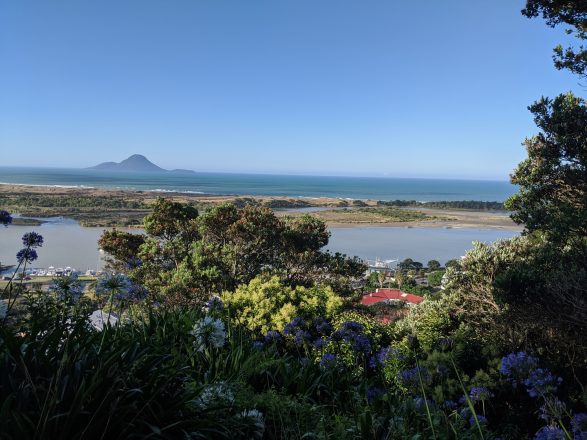Whakatane was officially crowned the NIWA Sunshine capital for 2020. Arguably, this makes Whakatane the sunniest place in the world New Zealanders can travel to right now without having to quarantine.
The campaign intends to make people smile and to highlight Whakatane and the Eastern Bay of Plenty as a great holiday destination year-round.
“We wanted this campaign to feel cheeky and to be a little bit different in order to stand out in a busy domestic market,” says Whakatane District Council Tourism and Events Manager Nicola Burgess, “We want to make a few waves and get Kiwis to realise the range of things to do here in Whakatane – sunshine and all.”
Whakatane’s status as New Zealand’s sunniest spot follows Ohope Beach’s recent crowning as New Zealand’s best beach giving the town plenty to boast about.
“Many of the ‘best beach’ voters’ comments referred to Ohope as having a touch of what a Kiwi holiday used to be, safe swimming, uncrowded, with a laid-back vibe and plenty of activities on offer,” says Nicola. “This campaign captures that spirit, aligning with Whakatane and the experience you get when visiting. We’re laid-back, fun and welcoming and don’t take things too seriously.”
The campaign is being launched digitally and on radio whilst billboards are going up in Auckland, Hamilton, Tauranga, Palmerston North and Wellington.
Most New Zealanders now know Whakatane as the home of Whakaari/White Island after the 2019 eruption. However, Nicola says there’s much more on offer.
“Whakatane has had a tough time over the past year or so,” she says. “As a community we’ve come together to support each other and this campaign, in a way, signals a new beginning for our local tourism industry. We really are a hidden gem and this is our opportunity to shine a light on what’s on offer.”
Whakatane offers plentiful outdoor activity including surfing, fishing, kayaking, water-skiing, walking trails, golf, glamping and cycling. Whakatane is also the official Kiwi Capital of the World™ due to the number of wild kiwi residing so close to an urban centre.





























































